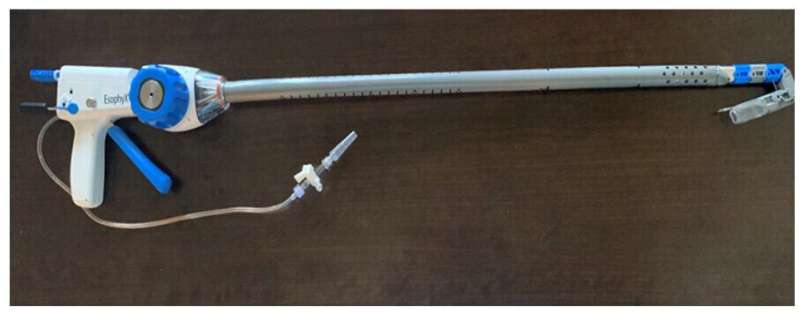This article has been reviewed according to Science X's editorial process and policies. Editors have highlighted the following attributes while ensuring the content's credibility:
fact-checked
trusted source
proofread
American Foregut Society white paper provides best practices for use of newer, less invasive GERD treatments

A new white paper by the American Foregut Society (AFS) summarizes the published outcome data for Transoral Incisionless Fundoplication 2.0 (TIF 2.0) and Concomitant Transoral Incisionless Fundoplication (cTIF) to date and outlines the best practice approaches and patient assessment, selection, and management using TIF 2.0 and cTIF.
The white paper is published online as an article in press in Foregut, the only subscription journal focused exclusively on foregut disease linking medical, endoscopic, and surgical disciplines. Accompanying the manuscript is a commentary that helps put the white paper into context.
Gastrointestinal reflux disease (GERD) is one of the most common and debilitating esophageal conditions, affecting about one in five American adults. Initial treatments for the condition include lifestyle changes and medications, such as proton pump inhibitors. When those treatments fail, the next step can be anti-reflux surgery, often a procedure called fundoplication where the upper stomach is wrapped around the lower esophagus to reduce the acid that can enter the esophagus from the stomach.
In addition to surgery, there are newer techniques performed endoscopically called TIF 2.0 and cTIF. These treatments are sometimes preferred because while they are more intensive than medication, they are less invasive than traditional fundoplication surgery. These newer techniques often are reported to have fewer side effects than fundoplication, such as gas-bloat syndrome and dysphagia.
"GERD is a common disease affecting millions of patients and a leading indication for endoscopy," said Kate Freeman, MSN, NP, Executive Director of AFS, the only organization dedicated to the diagnosis and management of foregut disease through collaboration between gastroenterologists and surgeons.
"To minimize the risks associated with traditional fundoplication surgery, some patients may be eligible for a non-surgical option called TIF. This white paper summarizes the published outcome data for TIF 2.0 and cTIF to date and outline the best practice approaches including patient assessment, selection, and management for TIF and cTIF."
More information: Olaya I. Brewer Gutierrez et al, American Foregut Society White Paper on Transoral Incisionless Fundoplication, Foregut: The Journal of the American Foregut Society (2023). DOI: 10.1177/26345161231170788


















